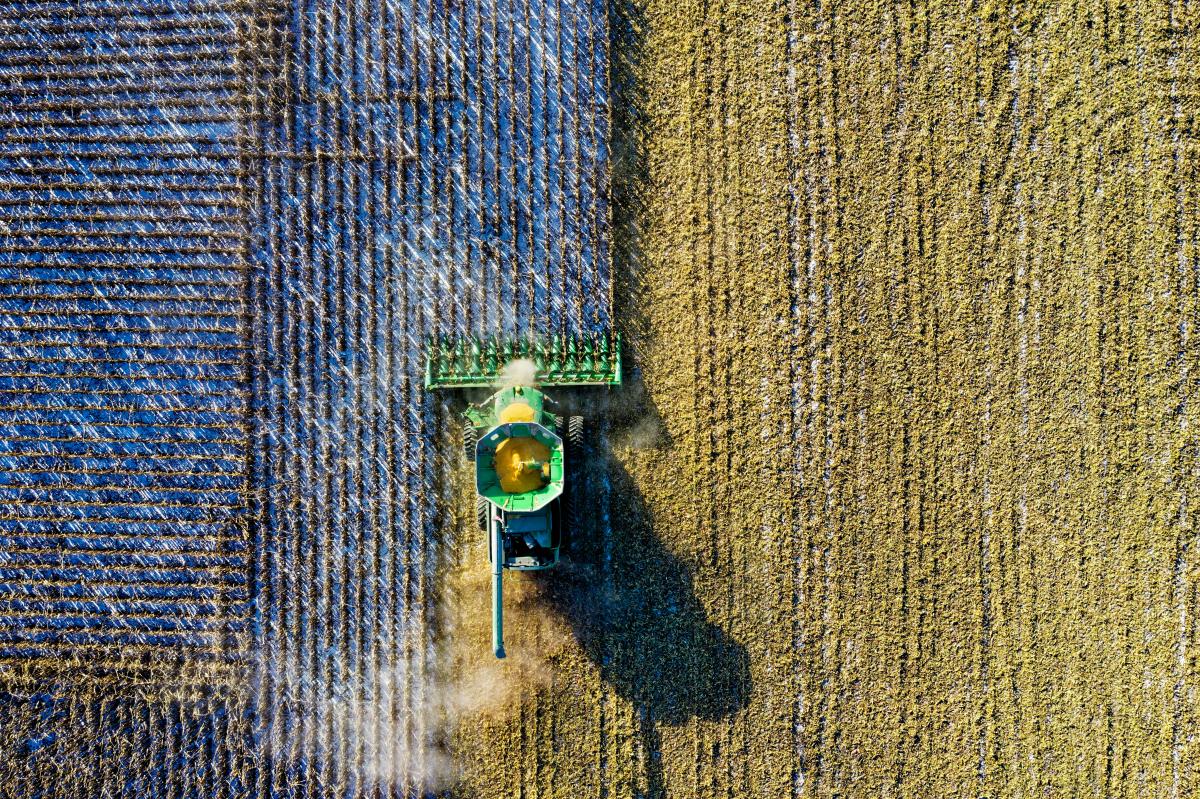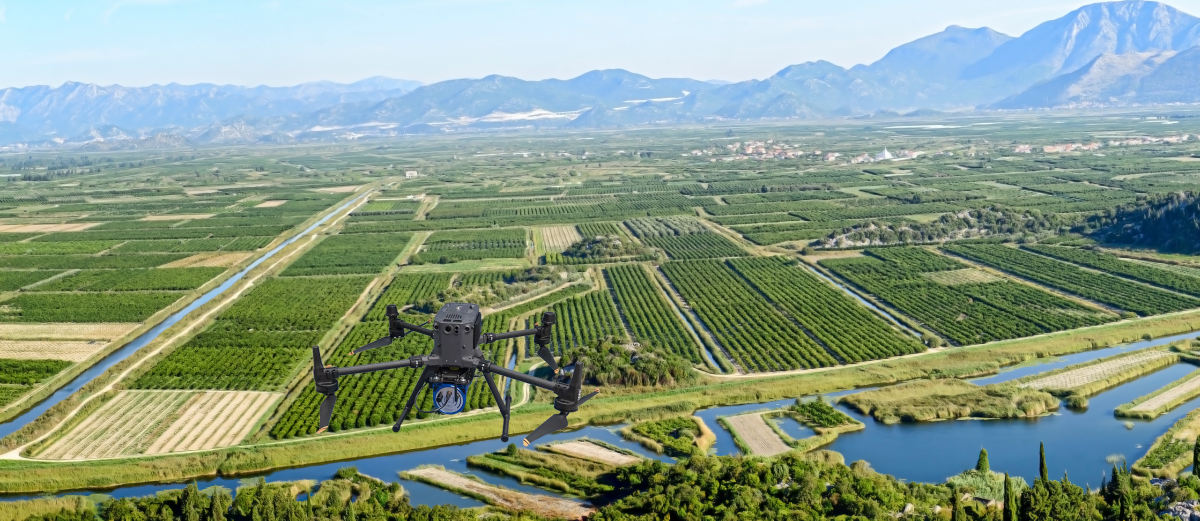November 4, 2024 - Just Dirt or the Basis of our Health?
In honor of our recent integration of Medusa Radiometrics into BNC scientific, this week’s press release is dedicated to review all things soil health with special regard to agriculture.
California is an agricultural powerhouse - it produces ⅓ of the country’s vegetables and ¼ of its fruits and nuts (1). But as crops are grown and harvested each season, the soil remains the same. What does that mean for soil health?
"It’s just dirt.” Topsoil, to be exact. Just topsoil is the basic building block of the foods we eat, and a pivotal part in the cycle of our clean drinking water. It refers to the mixture of sand, silt, clay and organic matter that differs from climate, geolocation, species, and many other factors (2). It takes healthy topsoil hundreds of years to form and erodes at a much quicker rate (3). There are many factors that can help alleviate the degradation of topsoil that are important to be wary of as a consumer of agricultural goods.
If topsoil degrades so does the quality of our food. Fertile soil leads to a crop yield that is full of vitamins, minerals, and other nutrients that not only make food tastier but healthier as well (4). Three targeted actions to boost soil viability include: increasing organic matter such as manure in the soil; creating a structure that ensures plots of land never sit without plant growth; and enacting regenerative agriculture (5). Aside from providing nutrients, the amount of organic matter in soil increases its ability to retain water. Higher water retention means better water conservation, less nutrient leaching, and less chemical leaching into the groundwater (3). Cover crops protect the soil from erosion, particularly during harsh rainfall (6).

Healthy soil is a domino effect of good - Earth knows best with billions of years for species and substances to harmoniously settle into their respective ecosystems. Certified organic farmers are responsible for maintaining or improving soil health (7) by attempting to mimic natural processes to foster sustainability (8). But just like healthy soil has a domino effect, the neglect of soil health starts a chain reaction as well, especially with such large-scale agriculture and quick turnover of land.
Just take a peek at several looming issues in California. Overpumping of groundwater in the central coast has led to seawater intrusion into the aquifers (4). Excessive build up of nitrates from decades of fertilizer use and manure means 1 in 10 Californians are exposed to harmful nitrates in their drinking water (9). Aquifers are drying up, which only means that contaminants are condensing. Drought contributes to plant stress and weakens soil coverage, which then is more prone to erosion via more intense storms brought about by climate change. Considering that about 40% of land in California is used for agriculture, regenerative practices are vital (10). Yet keeping up with human civilization isn’t as simple as that - especially when it comes to sustenance.
The green revolution introduced a couple cheat codes to the system; more specifically chemical fertilizers, pesticides, and controlled water supply (3). The incorporation of these tactics made it possible for farmers to keep up with demand since they present a workaround for less viable land and pest problems. As such, these practices have become deeply ingrained into agriculture even though they are at the expense of the environment. Organic farming does present an alternative but only 3.97% of California’s farms are certified organic (8). This number stands as a testament to the difficulties of changing entrenched practices, especially when they meet short-term vs. long-term goals. With a variety of government incentives, programs, and educational opportunities, this number is inching upwards.
Regenerative farming practices are not the only solution to maintaining the health of topsoil and water supply. There are many tools available that aid in the processes of understanding soil composition in respect to agriculture, industry, other development, weather, or all of the above. Technologies such as these are essential to develop a better understanding of the situations at hand.

References
- California Agricultural Production Statistics
- UC Davis College of Environmental Sciences: Research Initiatives - Soil Health
- Environmental Law Journal - Soil Conservation in California: An analysis of the Healthy Soils Initiative
- Sustainable Conservation - Six Barriers to Expanding Soil Health Practices in CA: Sustainable Conservation Releases 2023 Soil-Water Report
- BioCycle - Connections: Rethinking Organic With Soil Health in Mind
- Alluvial Soil Lab - Understanding Soil Health and Soil Testing in California
- USDA Organic - Guidelines for Organic Crop Certification
- California Ag Network - California Has 4th Largest Organic Farmland Share in the U.S.
- Center for Watershed Sciences - Addressing Nitrate in California's Drinking Water
- Public Policy Institute of California - Agricultural Land Use in California
